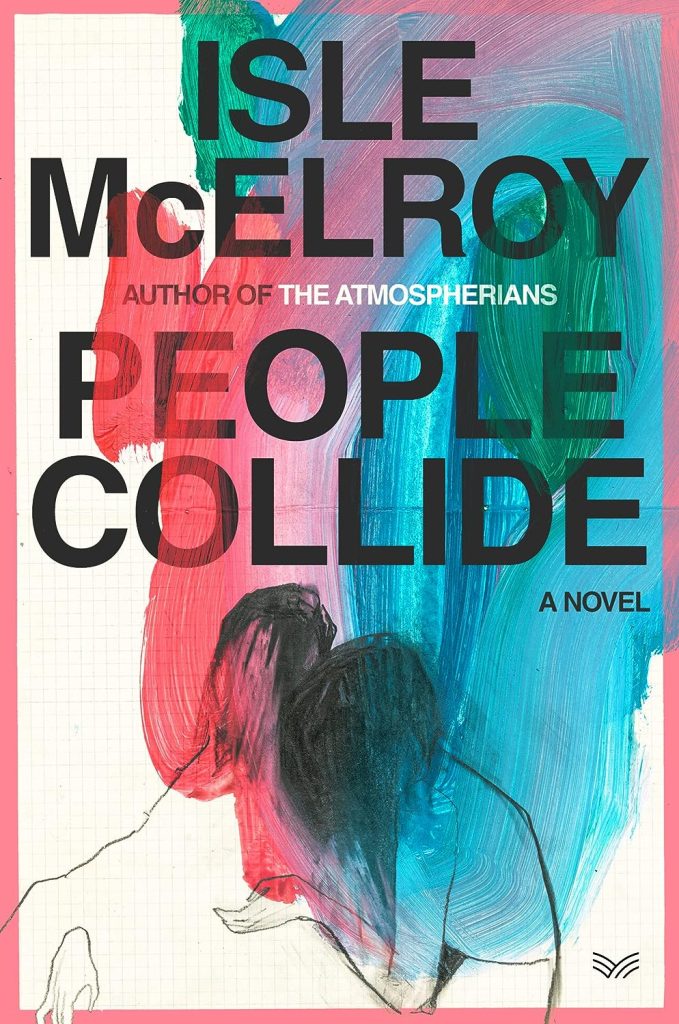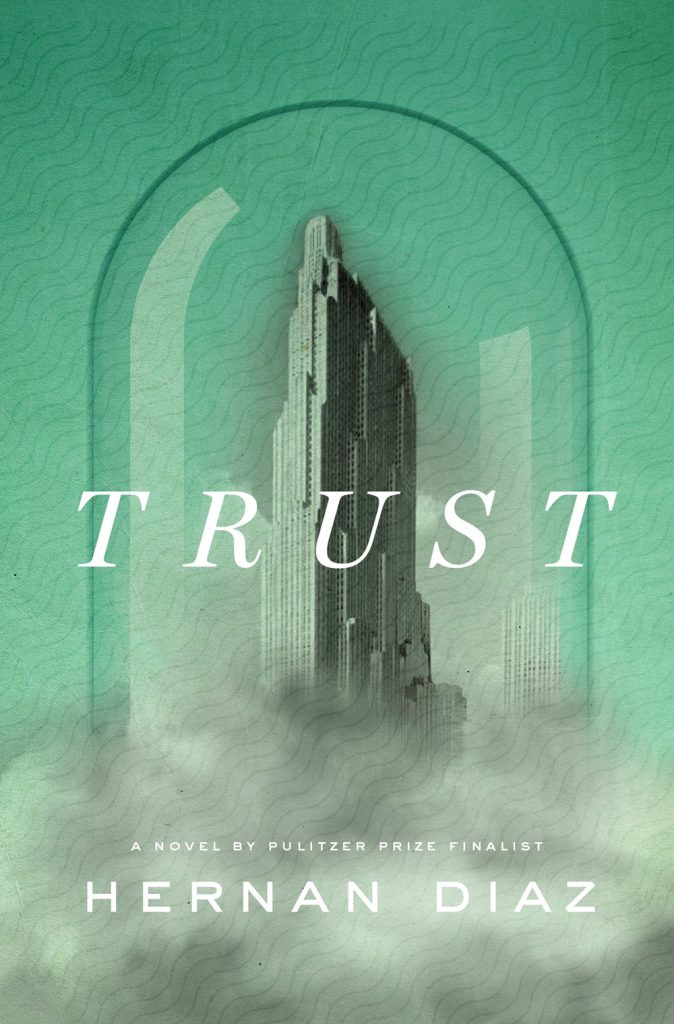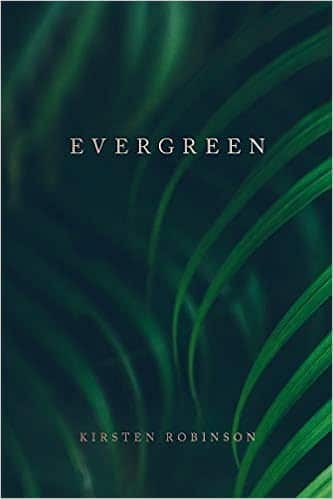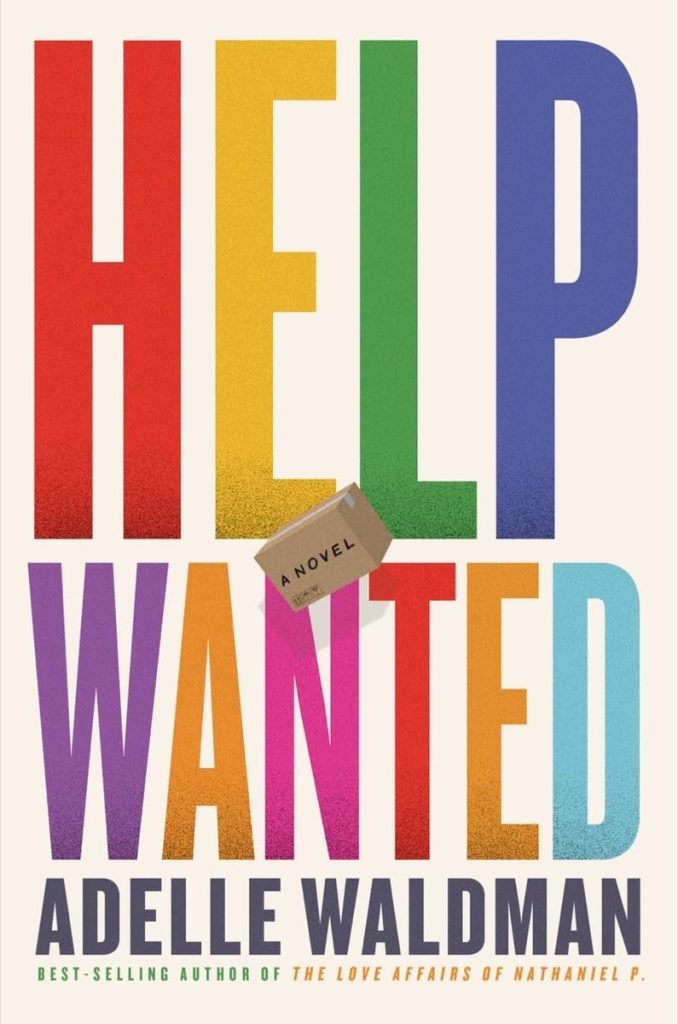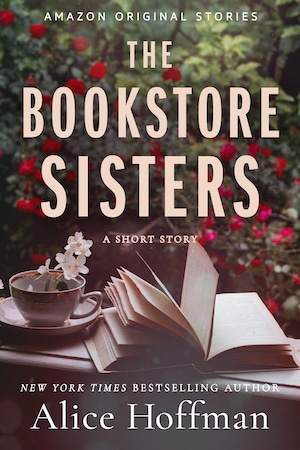
Spring Ahead, Fall Back
Estimated reading time: 0 minutes, 44 seconds Since I was fifteen, I changed the clocks twice a year.
Since I was fifteen, I changed the clocks twice a year.
The first time it was confusing as the city I lived in was on daylight time, but the surrounding county and thus the schools remained on standard time. No joy that summer!
When Jan and I met, the subway clocks were analog, and they had to be changed beginning a week in advance. I told Jan I needed to do the same. I never did.
Last year, I moved the clocks back an hour as my caregiver’s brain was confused. Will I do it right this time?
When you buy a book or product using a link on this page, I receive a commission. Thank you for supporting Sharing Jan’s Love blog.



